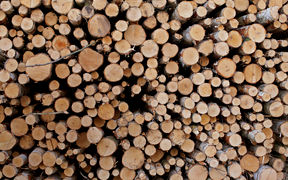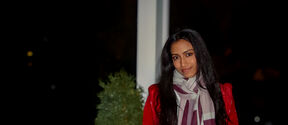Not a drop wasted – AaltoCell™ fibres utilised in a new circular economy project

The dilute solutions produced as side streams of the food industry contain valuable nutrients. However, the capture of these nutrients using current technologies are not profitable; instead, they are lumped together with wastewater and their value is lost.
Now researchers from the University of Helsinki, Aalto University and Häme University of Applied Sciences (HAMK) have received a €240 000 grant from the Finnish Cultural Foundation for the Etsivät project, the purpose of which is to utilise side streams more efficiently. The project utilises Axolot Solutions Finland Oy's version of the technique known as electroflotation. It is based on electrolysis (the dispersion of chemical substances by using an electric current) and, unlike other similar methods, it generates no oxygen.
The nutrient capture will be enhanced by using microsize fibre grades produced with the AaltoCell™ technique developed by Professor Olli Dahl at Aalto University. These increase the amount of foam generated in the process, which enables more efficient capture of the valuable substances that need to be separated out. These cellulose fibres are completely safe and suitable for food products, and their presence does not interfere with the recovery of the valuable substances or the use of this fraction in new contexts.
Researchers believe that there are numerous uses for this new set of techniques in a society aiming towards a circular economy. For example, the dairy industry uses the same equipment for the manufacture of cream and buttermilk. When this equipment is cleaned at regular intervals, wash water is produced. Small concentrations of cream and buttermilk dissolve into this water, and these could be used in different contexts, such as for fodder, algae culture media or cosmetics products.
What if the world’s cattle munched on Finnish wood?
A new manufacturing method will open entirely new markets for microcrystalline cellulose. It could be used, for example, to enrich animal fodder.

Read more news

Aalto Inventors innovation training coming for hydrogen, quantum and microelectronics researchers this spring
Connect with industry and academic thought-leaders and gain widely applicable skills in communication, intellectual property, and business.
Start the year with new insights – apply for FITech's spring courses!
Deepen your knowledge with courses from Finnish universities of technology, designed to meet the demands of the working life and help deepen your expertise for free.
Combining studies in technology and business allows Kriti Bojja to navigate multiple career directions
Kriti Bojja is excited about the variety of career opportunities the Digital Systems and Design major will allow her to pursue






